Different fabrics in your wardrobe require varied care - lumping everything together will ultimately result in heartbreak when you take clothes out of the dryer, only to find that your jumper’s shrunk two sizes and your beautiful white sundress is now a dreadful shade of bubblegum pink.
Although it’s tempting to take shortcuts when it comes to laundry - it’s hardly the most enjoyable household task - taking the time to do it right is worth the effort. After all, your wardrobe represents a huge investment of time, effort and creativity. Don’t let carelessness cost you a fortune - follow the basic rules of laundering to get perfectly clean, vibrant clothing after every wash.
Linen:
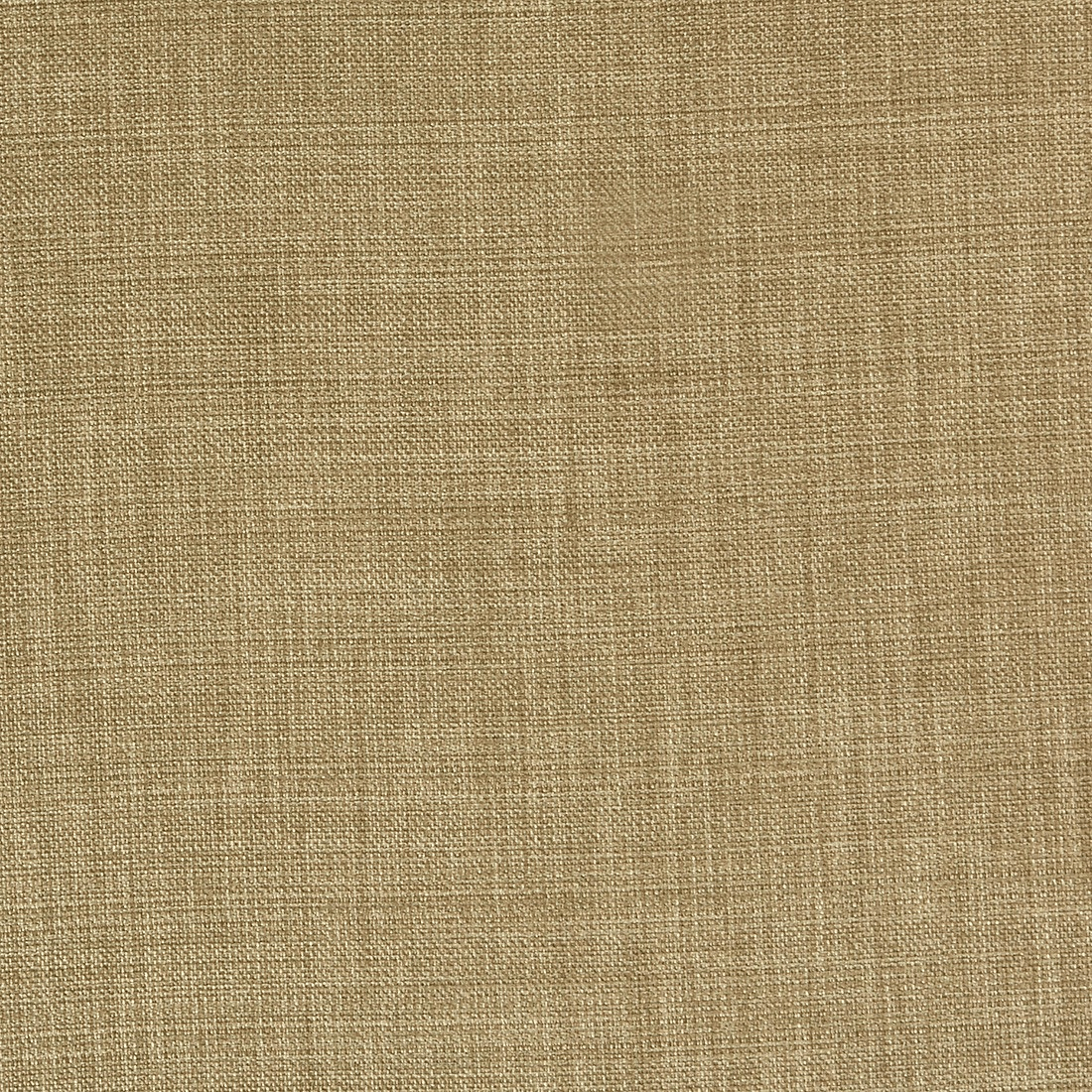
-
Never wash linen clothing at a temperature of more than 60 degrees Celsius - by doing so, you risk causing premature wear.
-
Separate colours from light, white linens. Dyes can easily bleed through and ruin pure white linen.
-
Use non-bleach stain remover prior to laundering. Bleach will weaken fibres in the fabric and ruin dyed clothes.
-
Try to remove stains immediately, if possible. (This rule applies to most fabrics.)
-
Wash table linens and towels separately, otherwise clothes will come out covered in lint.
-
When washing linen clothing, fill your machine only halfway. This fabric needs a little more water than others to get clean.
-
Always hang your linens out to dry. Tumble drying them will cause creases and shrinkage.
Silk:
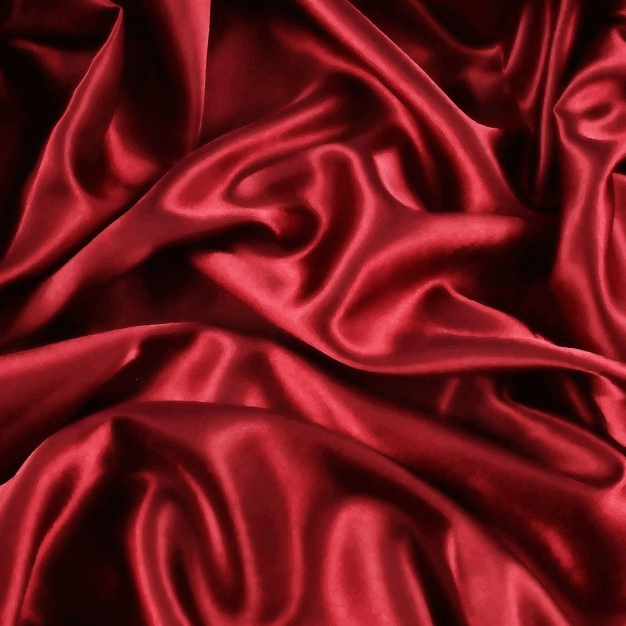
-
Hand wash silk clothing, using a gentle soap.
-
Hang it out to dry.
-
Never iron silk clothing - it will burn the fabric.
Wool:
.png)
-
Avoid frequent washes, as this will shorten the life of your wool clothing and wear the fabric out prematurely. Wool is an especially delicate fabric, so treat it with care.
-
Soak wool in cold water prior to washing in soapy water. This will help prevent shrinkage.
-
When washing is absolutely necessary, use a delicate setting with cold or lukewarm water.
-
If possible, it’s best to hand wash wool items. Always dry it naturally - tumble drying will ruin your clothes.
-
Use specially-made wool detergent to get the fabric clean and fresh.
Cashmere:
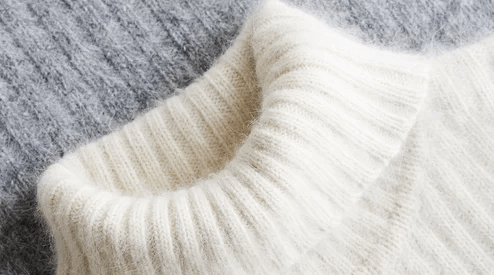
-
Take great care when washing cashmere, as it’s quite delicate and can be easily damaged. To protect your items, gently place them inside a pillowcase or special bag prior to starting the washing cycle. This will prevent rapid rotation inside your washer from agitating the fabric.
-
Use a wool-washing detergent or gentle, diluted soap to clean cashmere items.
-
Avoid tumble drying at all costs. Instead, lay cashmere out on flat towels to air dry.
Pashmina:
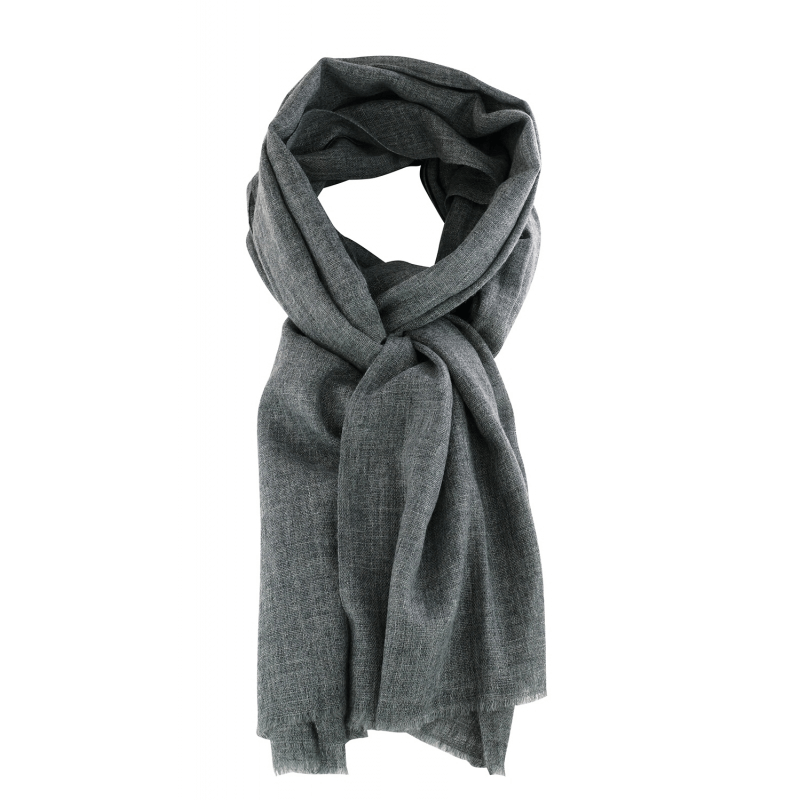
-
Treat pashmina just as you would cashmere - very gently.
Cotton:
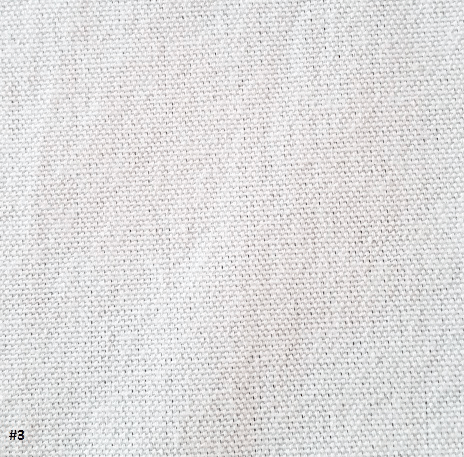
-
Since cotton is quite durable, you can relax knowing the washing machine won't cause any adverse effects. Wash cotton clothing in warm (not hot) water, using colour-safe detergent.
-
To keep cotton towels fluffy and soft to the touch, use half the recommended amount of detergent, and give them an extra rinse at the end of the cycle.
-
Tumble dry low or dry naturally to prevent shrinking.
Synthetic fabrics :
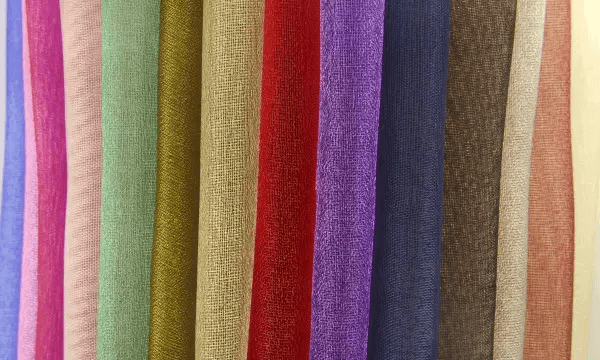
Acetate
-
Used often in linings because it does not pill or suffer from static cling, acetate is also made into dresses, suits and sportswear.
-
Most acetates are dry clean only, but some are washable.
-
For the washable variety, you typically hand wash in warm water with mild suds. (Don't soak coloured items.)
-
Do not wring the item dry. Instead, lay it flat to dry.
Acrylic
-
Known for its ability to draw moisture away from the body, acrylic is a popular material for socks, as well as other clothing items.
-
Garments made from acrylic can be washed or dry cleaned.
-
Generally, you should machine wash, using a warm-water setting.
-
Add a fabric softener during the final rinse. Acrylics are heat-sensitive, so tumble dry at a low temperature.
-
To avoid wrinkling, remove from the dryer as soon as dry.
-
When hand washing is required, as with delicate items, use warm water and a mild detergent.
-
Rinse and gently squeeze out the water, smooth out the garment and dry on a rustproof hanger.
-
Lay sweaters and knits flat to dry with a clean towel underneath.
Nylon
-
The second-most common synthetic after polyester, and the strongest fibre available, nylon is relatively easy to care for. It can be machine washed in warm water.
-
To reduce static cling, add a dryer sheet to the dryer and remove clothes from the dryer as soon as they have finished drying.
-
If you need to iron nylon, use a warm iron.
Polyester
-
Strong, durable, shrink- and wrinkle-resistant, polyester is a miracle fibre, the most common of the synthetic fibres.
-
It does tend to take on oily stains easily, however.
-
In general, polyester is easy to clean, which helps account for its popularity.
-
Most polyester items can be washed or dry cleaned. Wash in warm water and tumble dry at a low temperature setting.
-
To prevent pilling and snagging, turn knits inside out.
-
To reduce static cling, use a dryer sheet and remove garments as soon as they have dried.
-
When ironing, use a moderately warm iron.
Rayon
-
Developed in 1910, rayon was the first synthetic fibre.
-
Originally, most rayon was dry clean only, but there are now washable rayons on the market.
-
Check the care label for any rayon garment you're unsure of. Dry clean-only rayon that gets wet (even in the rain) can bleed dyes, shrink and grow stiff.
-
Washable rayon is typically hand wash only. (Since it loses up to 50 per cent of its strength when wet, rayon can be destroyed easily by the agitating action of most washing machines.)
-
Wash in lukewarm or cool suds, squeezing the suds through the fabric and rinse.
-
Never wring or twist rayon. Shake out or smooth the garment and hang it on a rustproof hanger to dry.
-
Lay sweaters flat to dry.
-
While the garment is still damp, iron inside out on low heat. For finishing on the right side, use a pressing cloth.
Spandex
-
Developed in the late 1950s, spandex is lightweight, durable and known for being flexible. That's why it turns up in swimsuits, pantyhose and tights.
-
You can machine or hand wash spandex.
-
Don't use chlorine bleach, however.
-
Either let it drip-dry or put it in a dryer on a low setting.
-
When ironing spandex, use a low temperature setting and iron in swift strokes, never letting the iron linger in one spot.
Most of the Front load washing machine do have specific program for specific fabric .Choose the correct washing program for your clothes and fabric can extend their life time . For more information , please visit us : https://www.facebook.com/EuwayElectrical/ 25 & 25A, Lebuh Lapangan Siber 1, Bandar Cyber, 31350 Ipoh, Perak .
All images and data are taken from the internet , if any copyright infringement involved , please leave a message . Thank you.


.png)





 Indonesia
Indonesia